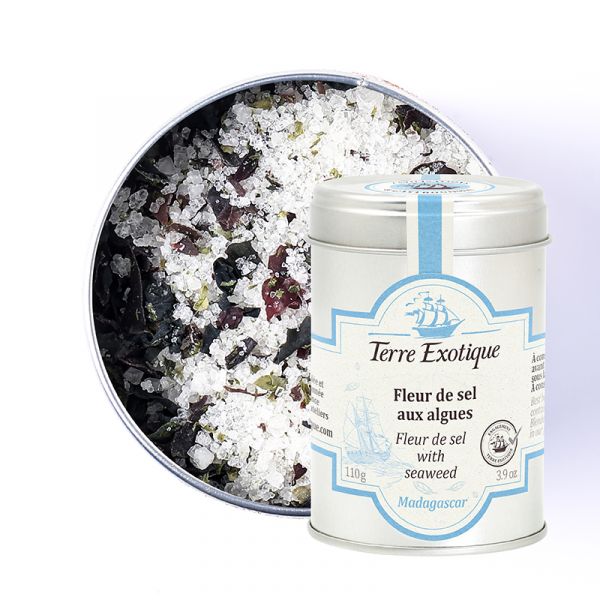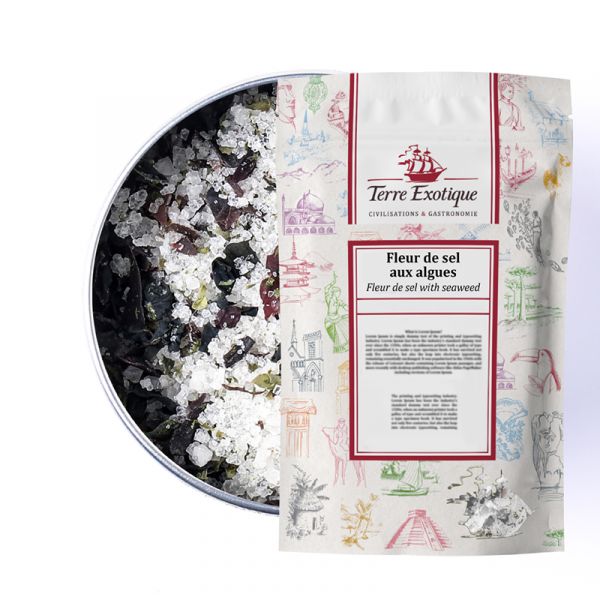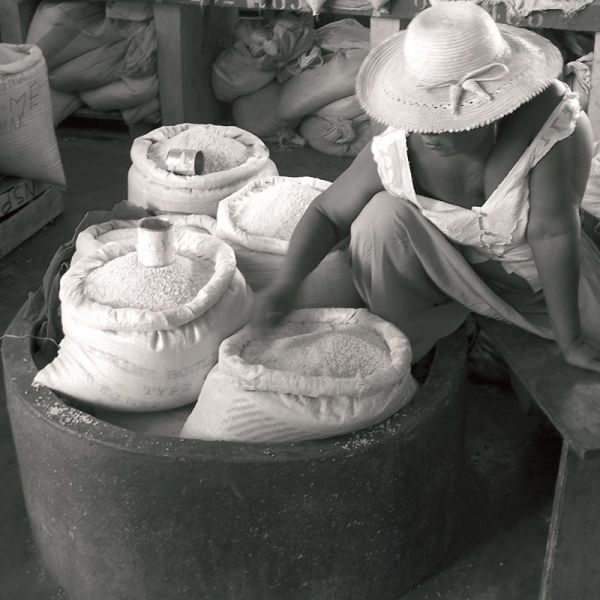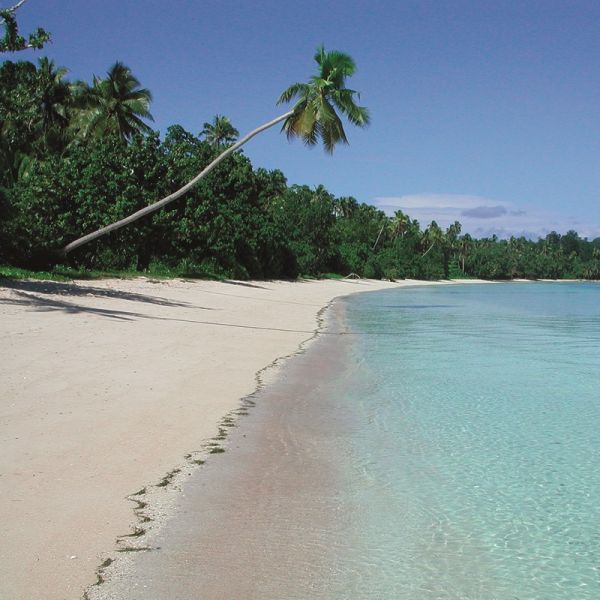







Using Seaweed Fleur de Sel in Your Dishes
This harmonious blend of seaweed and Fleur de Sel from Madagascar adds a touch of lively iodine and originality to all your everyday dishes.
How to Use Seaweed Fleur de Sel?
Here are some recipe ideas to incorporate seaweed Fleur de Sel into your cooking:
- Seaweed Focaccia: Sprinkle 3 tablespoons of seaweed Fleur de Sel on your focaccia before baking it in the oven for 20 minutes at 240°C (find the complete recipe below).
- Grilled Fish and Seaweed Potatoes: Sprinkle 1 tablespoon of seaweed Fleur de Sel on your potatoes while sautéing them.
- Seaweed Fleur de Sel Butter: Add 2 tablespoons to your softened butter before molding it.
- Sea Bream in Seaweed Salt Crust: Mix 2 tablespoons of seaweed Fleur de Sel with 1 egg white and cover your sea bream with the mixture, then bake for 25 minutes at 180°C.
- Seaweed Salmon Tartare: Add 1 teaspoon of seaweed Fleur de Sel to your tartare preparation.
- Seaweed Beef Rib: For a 1.5 kg beef rib, rub 30 g of seaweed Fleur de Sel on it 30 minutes before cooking.
Delicate Flavors of Seaweed Fleur de Sel
Fleur de Sel enhances the iodine flavors of seaweed. Fine and melting, it is added to foods at the end of cooking, as it dissolves quickly. Of exceptional purity, it salts with precision and lightness.
This blend of Ifaty Fleur de Sel and seaweed has a delicate iodine flavor that will wonderfully flavor your mussel dishes, Japanese salads, butters, rice, fish, and vegetable sautés.
Terre Exotique's Seaweed Fleur de Sel: Unmatched Originality!
Terre Exotique has created a delicate Fleur de Sel flavored with seaweed. It goes very well with all seafood dishes and adds an incomparable touch of originality!
Madagascar's Fleur de Sel, a Delicate Jewel from the Salt Marshes of Ifaty
In Ifaty, in the southwest of Madagascar, are the salt marshes that give this flavorful salt. The seawater contained in these clay basins evaporates under the joint action of wind and sun. The result is this Fleur de Sel that is not gathered with a rake, but carefully hand-picked. This is how its light and airy texture can be preserved without breaking it.
Seaweed with Japanese Inspirations
The seaweeds that make up this blend are dulse, wakame, sea lettuce, and nori seaweed. These marine algae belong to the Palmariaceae family and mainly grow in the Atlantic and Pacific oceans.
These seaweeds grow below the sea level, so to harvest them, you have to wait for mid-tide, and their harvest is only allowed from April 1st to December 31st to avoid disturbing their natural renewal.
Where Does the Grilled Spice Fleur de Sel Come From?
Production of Flavored Fleur de Sel: From Madagascar to Touraine
It all starts in the salt marshes of Ifaty, a little piece of paradise on Earth in the southwest of Madagascar. These marshes with lagoon-like appearances are the territory of semi-nomadic fishermen, the Vezo people. As their fishing activity dwindles, they turn to Fleur de Sel production. They perform meticulous and artisanal work to harvest this precious commodity.
It then arrives in Touraine, in the center of France, where it meets the grilled spices. It is in our workshop that they are toasted and roasted. Then, they are sorted in small batches, thus guaranteeing the freshness of the blends.
| Allergen | Absence |
|---|---|
| Native country | MADAGASCAR |
| Ingredients | fleur de sel, seaweeds blend 5.7% (dulse, wakame, sea lettuce, nori). |
| nori). | |
| Nutritional Info | VN Energie pour 100 g (energy for 100g) : 48.9 kJ / 11.7 kcal VN Matière grasse (fat) : 0.1 g Dont acide gras saturés (of which saturated fat) : 0 g VN Glucides (carbohydrate) : 0.6 g Dont sucres (of which sugars) : 0 g VN Protéines (protein) : 1.1 g Vn Sel (salt) : 89.2 g |
| TRACES EVENTUELLES D'ALLERGÈNES | céleri, sésame, moutarde, fruits à coques. |
 Français
Français 